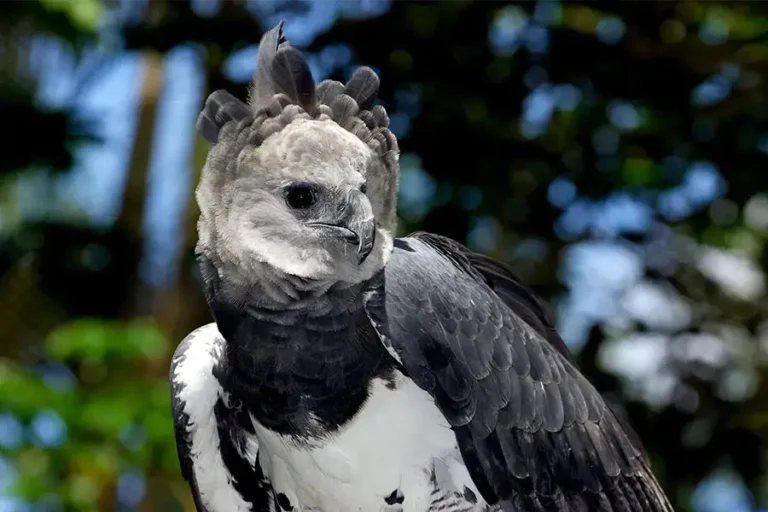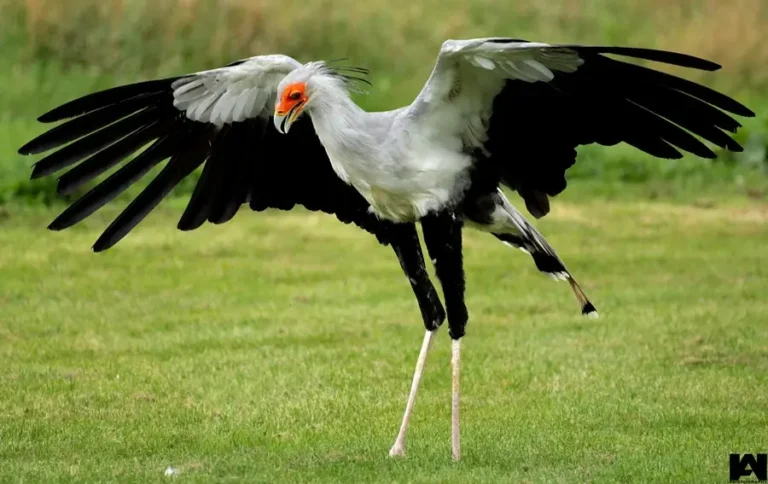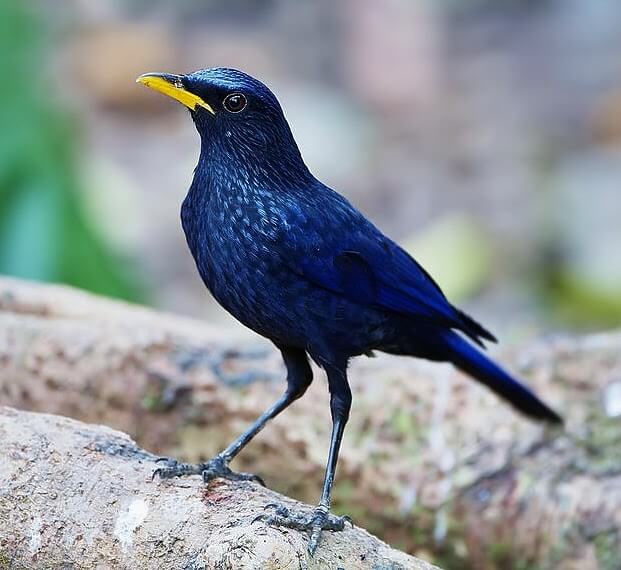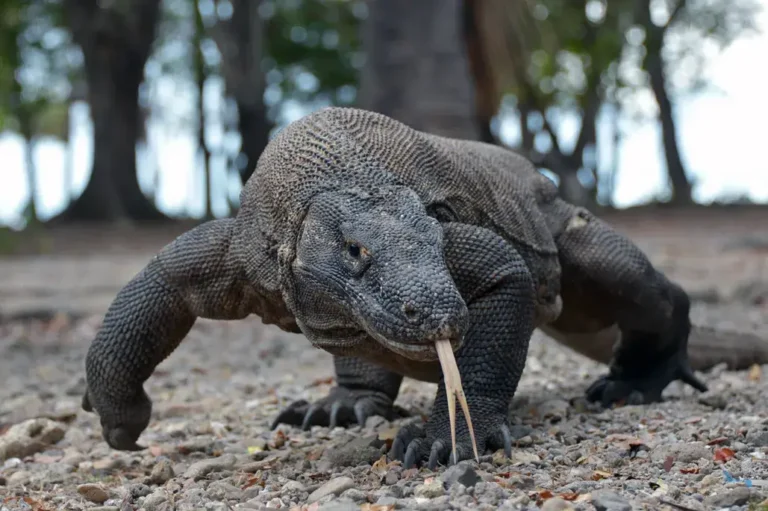Nene: An In-depth Exploration of Hawaii’s Endemic Goose
The Nene, also known as the Hawaiian Goose (Branta sandvicensis), is a unique and iconic bird native to the Hawaiian Islands. As Hawaii’s state bird, the Nene holds a special place in the hearts of locals and wildlife enthusiasts. With its distinctive appearance and fascinating evolutionary history, the Nene is an incredible example of island adaptation. However, this once-common bird faced near extinction due to habitat loss, hunting, and the introduction of non-native predators.
Today, thanks to extensive conservation efforts, the Nene population is slowly recovering, making it a symbol of Hawaii’s rich natural heritage and a testament to the power of dedicated wildlife preservation. This article will explore the Nene’s scientific classification, physical characteristics, behavior, and more, highlighting why this resilient bird remains a vital part of Hawaii’s ecosystem.
Contents
Scientific Classification
- Kingdom: Animalia
- Phylum: Chordata
- Class: Aves
- Order: Anseriformes
- Family: Anatidae
- Genus: Branta
- Species: Branta sandvicensis
The Nene, also known as the Hawaiian Goose, is a unique species endemic to the Hawaiian Islands. Its scientific name, Branta sandvicensis, reflects its close evolutionary ties with other geese species and its native habitat.
Physical Characteristics

The Nene is medium-sized, with a body length ranging from 21 to 26 inches (53 to 66 cm) and a wingspan of about 3 feet (90 cm). It has distinct plumage, with a black head, face, and crown, while the neck is marked by deep furrows, giving the appearance of stripes. Its underbelly is pale, while its upper body feathers are a mix of brown, gray, and black.
A critical adaptation to its volcanic island habitat is its partly webbed feet. Unlike other geese, the Nene’s feet are less adapted for swimming and more for walking on rugged terrain.
Habitat
The Nene is native to Hawaii and is primarily found on Hawaii, Maui, and Kauai islands. It inhabits various environments, including coastal dunes, shrublands, grasslands, and open lava fields. Much of the Nene’s habitat today overlaps with national parks and conservation areas.
Behavior

Nenes are generally monogamous and form strong pair bonds, often lasting for life. They are social birds seen in small family groups or larger flocks during non-breeding seasons. Unlike many other geese species, the Nene does not migrate; it remains in Hawaii year-round.
Diet
Nenes are primarily herbivorous, feeding on native plants, seeds, leaves, and flowers. Their diet includes grasses, sedges, and berries found in the wild. They also forage on agricultural land, sometimes feeding on crops, which brings them into conflict with farmers.
Reproduction
The Nene’s breeding season typically begins in November and runs through March. Females lay 3 to 5 eggs in shallow nests built on the ground, often hidden in tall grasses or shrubs. Both parents are involved in raising the young, with the female incubating the eggs while the male stands guard.
After hatching, the goslings are precocial, meaning they are relatively mature and mobile, though they still rely on their parents for protection and guidance. Within 10 to 12 weeks, they can fly.
Predators
Introducing non-native predators, such as rats, mongooses, cats, and dogs, has posed a significant threat to the Nene. Ground-nesting birds, like the Nene, are particularly vulnerable to egg predation and attacks on young goslings. Historically, human hunting also contributed to the Nene’s decline.
Conservation Status
The Nene was once on the brink of extinction. By the mid-20th century, fewer than 30 individuals were estimated to remain in the wild. However, the Nene population has rebounded thanks to conservation efforts, including captive breeding and habitat protection. Recent counts show approximately 3,000 Nenes in the wild, though they remain classified as “Vulnerable” by the IUCN Red List.
Interesting Facts
- The Nene is Hawaii’s state bird and holds significant cultural and symbolic importance for the islands.
- The Nene’s ancestors are believed to have been migratory Canada Geese who arrived in Hawaii around 500,000 years ago.
- Unlike most geese, the Nene does not rely on water for feeding or nesting, making it an outlier in its family.
- The Nene has evolved to withstand Hawaii’s unique climate and topography, showcasing an incredible example of island adaptation.
Evolutionary History
The Nene’s evolutionary history is linked closely with its ancestor, the Canada Goose (Branta canadensis). Genetic studies suggest that Canadian geese migrated to Hawaii and became isolated on the islands. Over hundreds of thousands of years, these geese adapted to Hawaii’s terrestrial environment, evolving into a distinct species. Its reduced webbing and grazing behavior reflect these evolutionary changes, making the Nene a textbook case of island adaptation.
Relationship with Humans
The Nene has a deep connection with the Hawaiian people. It was historically a food source for native Hawaiians and later became a target for early European settlers and hunters. However, in modern times, the bird’s near-extinction led to a shift in its relationship with humans. Today, the Nene symbolizes conservation success and is celebrated as Hawaii’s state bird.
While Nenes are protected by law, their habit of feeding on crops has led to occasional conflicts with farmers. Nonetheless, public education campaigns and ongoing conservation efforts continue to raise awareness about the importance of preserving the species.
Conclusion
The Nene is a remarkable example of how species can evolve to adapt to specific environments, in this case, the volcanic landscapes of Hawaii. From its unique physical characteristics to its fascinating evolutionary history, the Nene symbolizes Hawaii’s natural heritage and reminds us of the delicate balance needed to conserve endangered species. Thanks to dedicated conservation efforts, this once-endangered species is a hopeful example of what humans can achieve together to protect their environment.
- Golden Retriever Pros and Cons: What Every Pet Parent Should Know - 15 September 2025
- Cane Corso Dog Breed: Health, Care, and Lifespan - 14 September 2025
- Catahoula Leopard Dogs: Description, Temperament, Lifespan, & Facts - 21 July 2025







